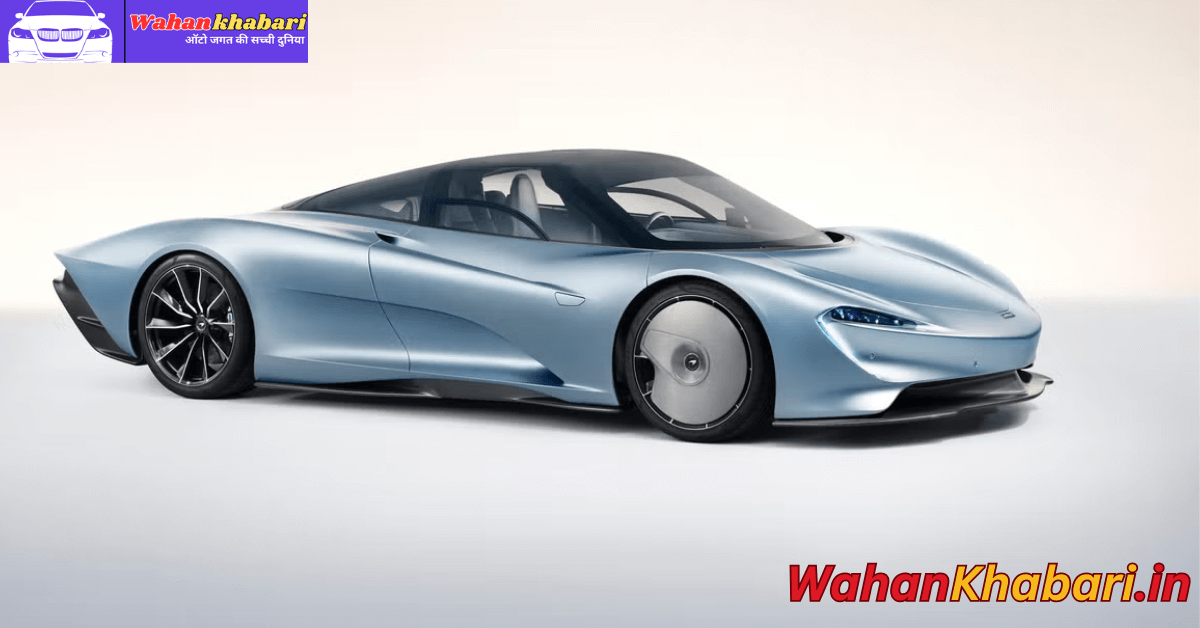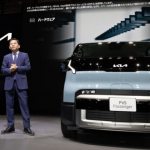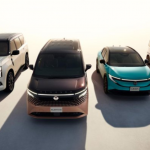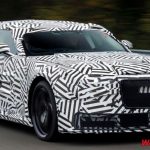McLaren Car: When it comes to high-performance engineering and cutting-edge automotive design, few names command as much respect as McLaren. From its origins in Formula 1 racing to its transformation into a world-class Supercar Manufacturer, McLaren Automotive has carved out a Unique place in the Auto Industry—where innovation, performance, and British Craftsmanship intersect.
Racing Roots: Where It All Began
McLaren’s story begins on the Racetrack. Founded in 1963 by New Zealand racing driver Bruce McLaren, the company initially focused on building competitive Formula 1 cars. Bruce had a clear vision: to design cars that were lighter, faster, and more efficient than anything else on the track. His legacy was secured when McLaren won its first Formula 1 Grand Prix in 1968. By the 1970s, the team had become a dominant force in the sport.
Fast-forward to today, McLaren Racing remains one of the most successful teams in F1 history, with over 180 Grand Prix victories and 20 World Championships across drivers’ and constructors’ titles. This racing DNA is at the core of every car McLaren Automotive builds.
The Birth of McLaren Automotive
While McLaren’s presence in motorsport is legendary, its venture into road cars began relatively Recently. The game-changing McLaren F1, launched in 1992, was the company’s first real attempt at building a production car. Designed by Gordon Murray and powered by a BMW V12 engine, the McLaren F1 was the Fastest production car in the world at the time, with a top speed of 240 mph. It featured a unique three-seat layout with the driver in the center—a bold move that exemplified McLaren’s commitment to performance-focused design.
Innovation and Engineering Excellence
At the heart of McLaren’s philosophy is a focus on innovation. The company’s headquarters, the McLaren Technology Centre in Woking, England, looks more like a futuristic laboratory than a car factory. Every McLaren car is built by hand, combining lightweight materials like carbon fiber with advanced aerodynamics and powerful engines.
The use of a carbon-fiber monocoque chassis in every model—beginning with the McLaren MP4-12C in 2011—gives its cars extraordinary strength, safety, and weight reduction. This design not only improves speed but also handling and efficiency, giving drivers a race-like experience even on public roads.
Another standout is McLaren’s seamless shift gearbox, which delivers near-instant gear changes without disrupting acceleration. Coupled with active aerodynamics and adaptive suspension systems, McLaren cars offer a driving experience that is both exhilarating and refined.
Iconic Models
McLaren’s modern lineup is divided into three series: Sports Series, Super Series, and Ultimate Series—though it has evolved into more defined families like the GT, Artura, and the long-awaited successor to the P1.
Some standout models include:
- McLaren P1: Launched in 2013, the P1 was McLaren’s first hybrid hypercar. With a combined output of over 900 horsepower from its twin-turbo V8 and electric motor, it could accelerate from 0–60 mph in under 2.8 seconds.
- McLaren 720S: Part of the Super Series, the 720S combines track-ready performance with everyday usability. Its aerodynamic bodywork and 710-hp V8 make it one of the most respected supercars in the world.
- McLaren Artura: Representing a new era for McLaren, the Artura is a plug-in hybrid supercar that blends performance with efficiency. It’s the first McLaren to use an all-new V6 engine, highlighting the brand’s push towards electrification.
- McLaren Speedtail: With a top speed of 250 mph, the Speedtail is McLaren’s fastest car ever. It revives the central driving position seen in the original F1, paired with a sleek, futuristic design.
Looking Toward the Future
McLaren is not resting on its laurels. As the automotive industry shifts towards electrification, the company is investing heavily in hybrid and electric Technology. The Artura marks the beginning of this transition, with more EV models expected in the coming years. McLaren’s commitment to sustainability does not mean compromising performance—it means reimagining it.
McLaren continues to collaborate with other industries, from fashion to architecture, showcasing its brand as not just a car manufacturer but a symbol of innovation and luxury.
Conclusion
McLaren Car: McLaren is more than a car company; it’s a performance philosophy born on the racetrack and brought to life on the road. Each McLaren model is a testament to the brand’s dedication to engineering excellence, innovation, and passion for driving. Whether you’re watching a McLaren compete in Formula 1 or experiencing the thrill of a 720S on the highway, the brand delivers an unmatched blend of speed, technology, and style.










